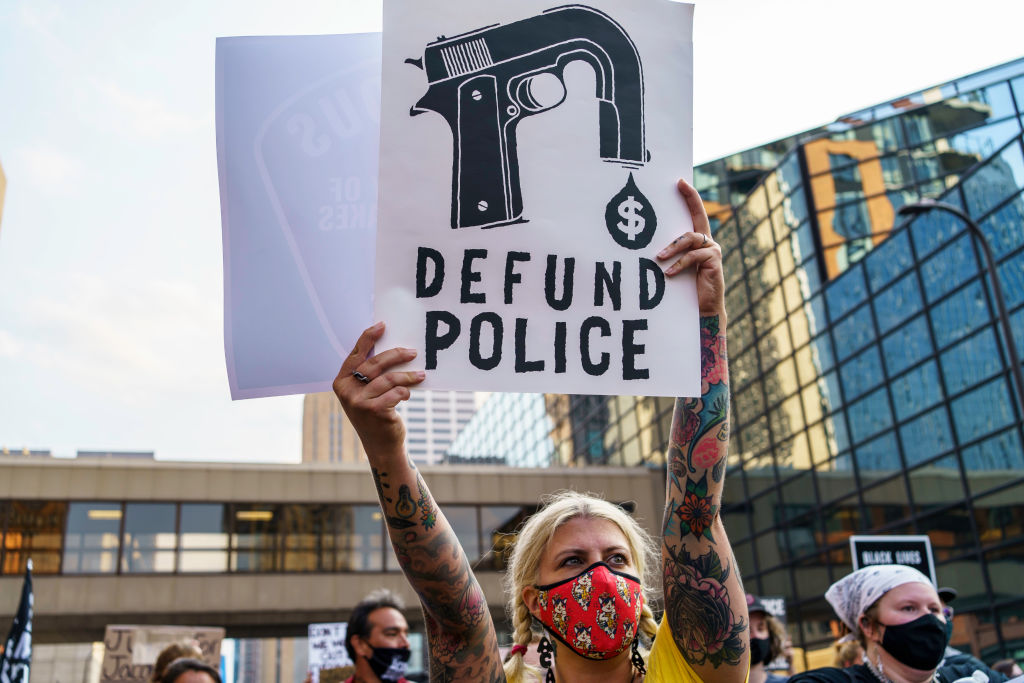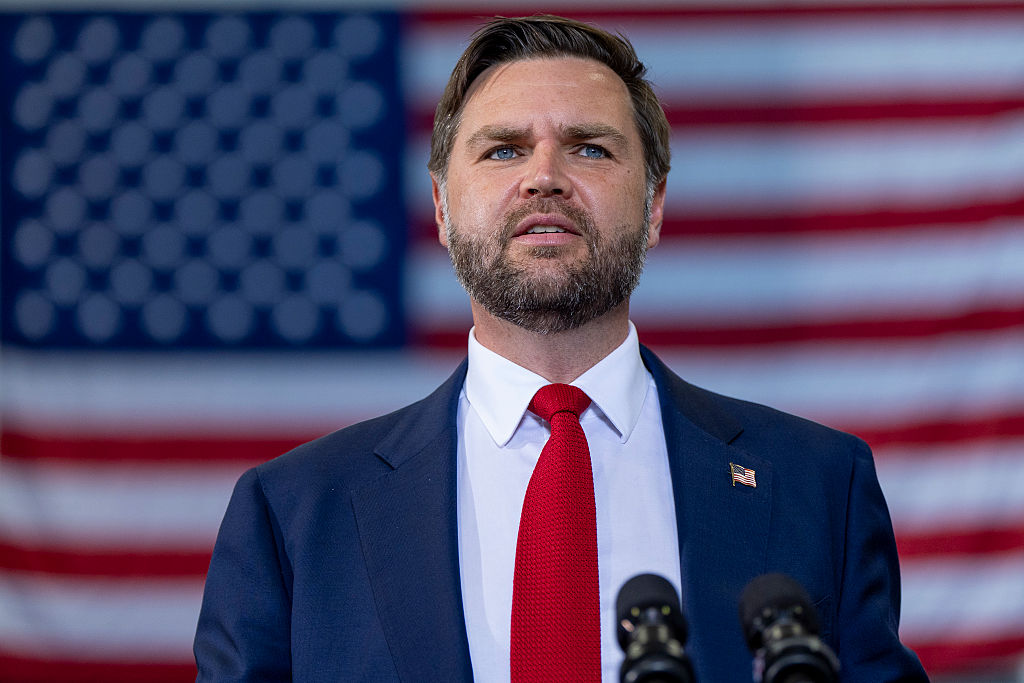If a recent Scientific American opinion piece purporting to explain how growing opposition to critical race theory damages public education reveals anything, it is that the real problem with today’s left goes much deeper than its progressive ideology. The co-authors assert that resistance to CRT is based on white supremacy, a refusal to acknowledge history, a rebirth of ‘50s-style anti-communism, and the conservative desire to harden racial divisions. These stunning inaccuracies raise questions not just about the validity of their argument but the competence of the supposed experts making it.
While American news outlets — as well as universities, museums, non-profits, federal government agencies, and most other cultural institutions — have often leaned left, there was a time when the views they advanced were at least well-documented and even thought-provoking. It wasn’t that long ago when readers across the political spectrum looked forward to the latest articles by John Kenneth Galbraith, Senator Daniel Patrick Moynihan, Arthur Schlesinger Jr., and Norman Mailer.
That so much of what we now hear from left-leaning sources is not just predictable but sloppily concocted indicates just how much ground their best and brightest have yielded to an intellectually inferior second string. It’s a sad decline and there are three main reasons for it.
The most obvious is the left’s post-’60s focus on workplace diversity, which ended up compromising the quality of its own institutional staffing. Instead of pursuing equal opportunity by reforming K-12 education so that students from all backgrounds could fully develop their talents, early social justice warriors simply bent the employment requirements for open positions.
Not unlike its current approach to climate change — shut down fossil fuel utilities even before there’s anything to replace them with — the left equated the mere appearance of an integrated organization with the real thing. As both Gallup and Harvard Business Review studies would later describe it, a “mere diversity of backgrounds” was naively conflated with “mutual respect, a sense of belonging, and genuine collegiality.”
The result at universities and other institutions was a generation of left-wing professionals comprised of hasty employers and those promoted beyond their competence. Both were sympathetic to the budding progressive critique of high academic standards and made it a lasting feature of their own organizations’ cultures.
A less obvious but equally important reason for the rise of the second-string left stems from what sociologists have identified as an historically unprecedented level of self-doubt among today’s younger Americans, the so-called Millennials and Gen-Zs. For over a decade, adolescent psychologists like Madeline Levine have warned that America’s educational system is crippling middle- and upper-middle-class children with the belief that success comes not from being oneself, but from projecting an image that others find acceptable. Taught from an early age what hoops they must jump through to land on a desirable campus, by the time they get to college, more than half are stricken with depression, overwhelming anxiety, or suicidal tendencies.
This socially conditioned insecurity has unfortunately been amplified by a succession of national economic traumas — from the dotcom bust through the subprime real estate crisis to the recent COVID epidemic — which together have left every age group born after 1981 significantly less well-off than previous generations. Whether measured in terms of homeownership, retirement savings, or student debt, young Americans have failed to progress nearly as far as the Baby Boomers when they were the same age.
Add to this psychological mix the growing incidence of fatherlessness across all demographic groups, a social condition known to foster feelings of inadequacy, and two thirds of Millennials and 70 percent of Gen-Zs, according to a recent Pew study, would gladly surrender their personal freedom for the promise of a safe and comfortable future. All in all, a ready audience for the illusory assurances of warmed-over socialism.
The third and most important reason for the rise of today’s second-string left is that those perceptive enough to be first-stringers are well aware that the US must sooner or later address the twin problems of excessive public debt and undisciplined spending. They know the predicted 2026 depletion of Medicare (let alone the estimated 2033 depletion of the Social Security Trust Fund) would by itself force a reckoning. Foreseeing that the downsizing and reorganization of government will eventually have to take priority over even the worthiest new social program, many have gravitated away from politics.
It is not a coincidence that Democrats have for some time lacked a top-notch bench of presidential candidates. Or that the party’s only thoughtful alternative to the irresponsibly expensive Build Back Better bill has come from just two senators, West Virginia’s Joe Manchin and Arizona’s Kyrsten Sinema. The best players aren’t playing.
If we look closely, a similar stepping back from the policy arena can also be seen at colleges and universities. As Hoover Institution senior fellow Shelby Steele, Georgetown political science professor Joshua Mitchell, and Providence College theology professor James F. Keating have all observed, what so often appears to be a campus-wide swing to the far left is not nearly as broadly based as it seems. For many professors, putting Black Lives Matter stickers on their office doors is just the easiest way to tread the professional waters until an economically jolted America is finally prepared for a more sophisticated assessment of its problems.
Conventional wisdom may have it that progressives have wrested control of left-leaning institutions by intimidating traditional liberals with potential cancelation, but it would be more accurate to say that the second-string has simply filled an already existing void. Indeed, on those unfortunately rare occasions when outspoken intellectuals like University of Chicago geophysics professor Dorian Abbot do stand up to activist threats, the attempted censorship almost always backfires. After a fearful MIT administration abruptly withdrew its recent invitation for Abbot to speak against progressive diversity standards, he ended up giving the same talk at Princeton where thousands eagerly registered to hear it.
This rise of a second-string left might initially seem to be good news for conservatives. Anyone trying to convince Americans that there are more than two genders, that violent criminals ought to be released without bail, and that what the country really needs are thousands more IRS agents is clearly not much of a match. A truly worthy adversary would have never settled on such a rickety and contorted ideology as critical race theory.
Unfortunately, the outcome of the looming financial upheaval, which the first-string left has chosen to sit out, will not be decided on debate points. As Edward Gibbon observed, what determines the end to any sovereign fiscal crisis is not which side is sharper but whether all factions are sharp enough to recognize what the moment requires. Only those heavily indebted countries that can muster a broad consensus around government downsizing and shared sacrifice have a chance of avoiding a complete economic collapse.
Thus is ascendency of a second-string left not a promising development. Heading towards economic instability with a major political faction still insisting that government can keep spending heavily on new programs is almost guaranteed not to end well. Those smart liberals who have been judiciously standing back might do us all a favor by rethinking the consequences of their untimely sabbatical.

























